The NFL's new kickoff rule isn't exactly the University of Cincinnati's Neil Armstrong walking on the moon. But it is a journey into the unknown for Bengals' long-time special teams coordinator Darrin Simmons as his players made the giant leap to the field this week.
"It's invigorating to me because it's something completely different," said Simmons after viewing the rule for the first time deployed in practice with his own players.
Born in April of 1973, the month Major League Baseball ushered in its biggest rule change in decades in the form of the designated hitter, Simmons had yet to make it to grade school in Elkhart, Kan., when Bengals founder Paul Brown successfully urged the NFL to adopt the "Isaac Curtis Rule."
That was big, Simmons agrees. Not allowing a receiver to be touched five yards past the line of scrimmage changed football's texture and accelerated the rise of the passing game. But he believes this is the biggest transformation to the sport in his lifetime.
"The chuck rule was huge, but it more of a one-trick pony," Simmons said. "Here, there are a lot of factors."
Like these:
_The kicker is now penalized for drilling it into the end zone because the ball goes out to the receiving team's 30.
"I'm used to kicking it as high as I can, as hard as I can. Now I have to throw it inside to the 5-yard line in specific areas," says Bengals kicker Evan McPherson.
_Where once speed, elusiveness, and get-off were coveted on kickoffs, everyone must freeze until the ball is caught or lands inside the 20 while the two teams are eyeballing each other in a setup just five yards apart.
"I'm used to running back 20 yards as soon as the ball is kicked and come down and make a block," says edge Myles Murphy. "But now when the ball is kicked, you have to stand still, then you run back maybe five yards and find your block."
_Any kick that hits in the last 20 yards before the end zone must be returned. Any kick that hits in those 20 yards and goes into the end zone must be returned or downed by receiving team. If it is downed then the touchback is the 20-yard line.
That means the number of returns is going to go up by about 90%.
"It really is like a line-of-scrimmage play now," says sixth-year running back Trayveon Williams, the Bengals' most seasoned kick returner. "It's definitely a running back position, I feel like. It's really fit for a one-cut-and-go type of guy and once you get that first crease, you've got to hit it and go."
But wait a minute. Bengals wide receiver Charlie Jones, who last season became the first Cincy rookie since Peter Warrick 23 years before to return a punt for a touchdown, isn't too sure about that.
"I could also see you arguing it's kind of like a punt return. Catch the ball, find a little seam. And hit it," Jones says. "I think it works either way. I think it's something that is definitely going to take time. I think you'll see people figuring out their own little new ways of doing it. You'll just have to see how it plays out in preseason."
When Jones hit the Ravens on his 81-yard touchdown, he gathered in a high kick and had an instant to size up blocks from fellow rookies Andrei Iosivas and DJ Turner II before cutting into the seam.
Will he have that time now or even get that kind of lofty kick?
"Who knows?" Jones says.
Which is just about how Simmons, the NFL's longest-tenured kicking game coach, sees the experiment. He was one of those who consulted with the league office before the owners passed the rule in March and encouraged the concept of reviving the return.
"This is just our second day in helmets and I haven't even looked at the tape from today's practice," Simmons said of Wednesday's voluntary workout. "So I'm not making any pronouncements."
But after being on the field this week, Simmons could make certain observations when it comes to personnel and strategy.
"This is just one play, so you have to balance it with the function of the rest of the team," said Simmons as he looked at the edge rushers. "The Joseph Ossais, the Myles Murphys, the Cedric Johnsons, the Jeff Gunters. The tweener types. Bigger guys that can move. Those guys have added value. Now you need guys who can work edges, but also hold-the-point types."
The best photos from OTAs on Wednesday, May 29, 2024 at the Kettering Health Practice Fields in Cincinnati, Ohio.

QB Joe Burrow during training at the Kettering Health Practice Fields on Wednesday, May 29, 2024 in Cincinnati, Ohio.

LB Logan Wilson during training at the Kettering Health Practice Fields on Wednesday, May 29, 2024 in Cincinnati, Ohio.
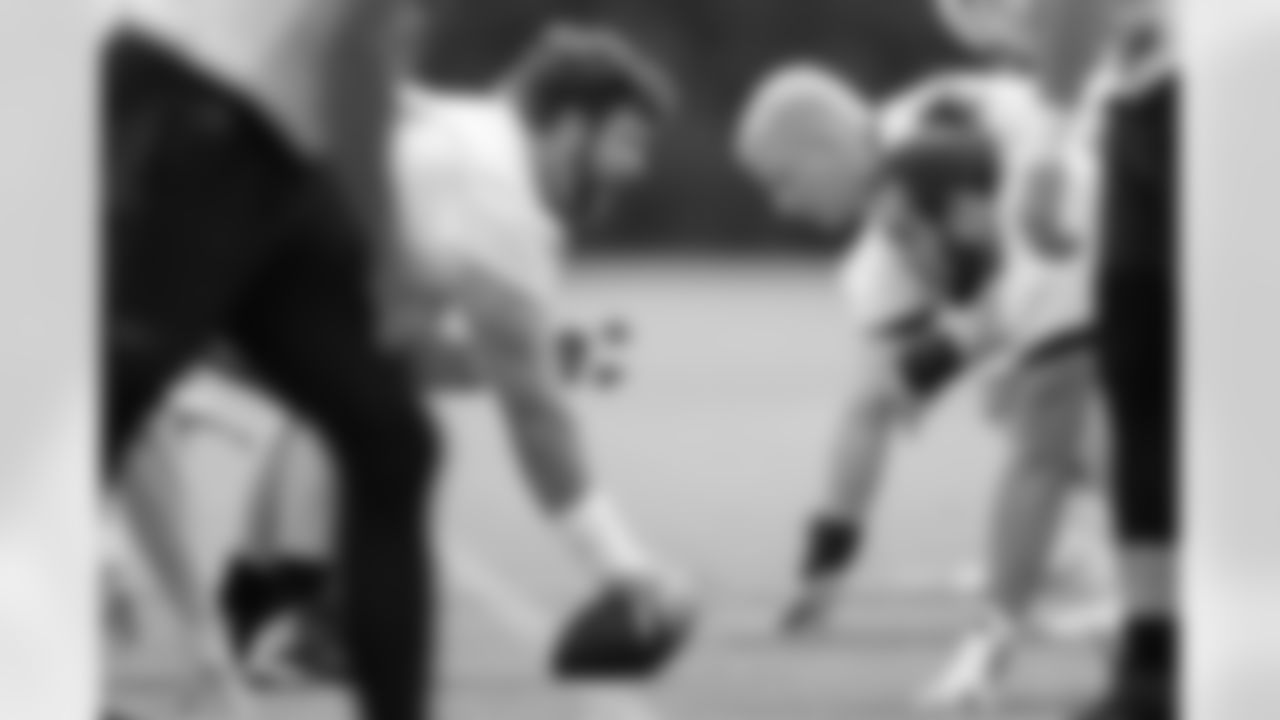
C Ted Karras during training at the Kettering Health Practice Fields on Wednesday, May 29, 2024 in Cincinnati, Ohio.

S Daijahn Anthony during training at the Kettering Health Practice Fields on Wednesday, May 29, 2024 in Cincinnati, Ohio.

TE Tanner Hudson during training at the Kettering Health Practice Fields on Wednesday, May 29, 2024 in Cincinnati, Ohio.

CB Cam Taylor-Britt during training at the Kettering Health Practice Fields on Wednesday, May 29, 2024 in Cincinnati, Ohio.
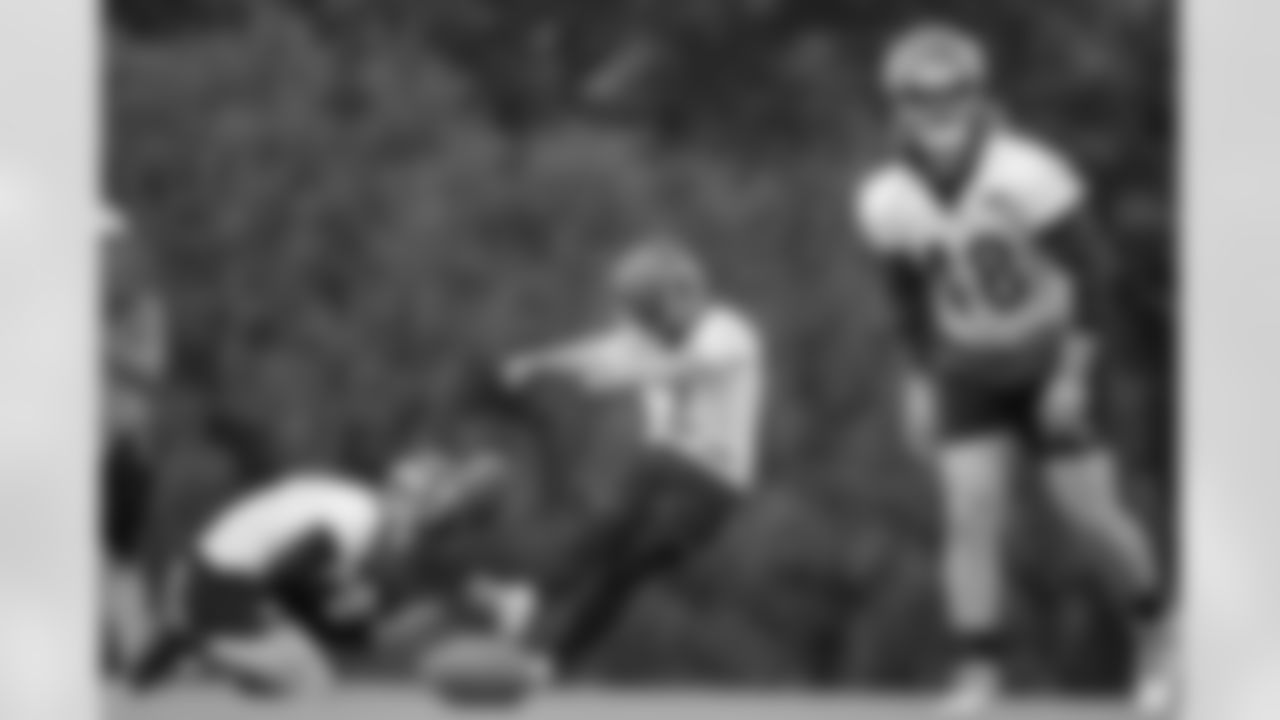
K Evan McPherson during training at the Kettering Health Practice Fields on Wednesday, May 29, 2024 in Cincinnati, Ohio.

WR Jermaine Burton during training at the Kettering Health Practice Fields on Wednesday, May 29, 2024 in Cincinnati, Ohio.

S Vonn Bell during training at the Kettering Health Practice Fields on Wednesday, May 29, 2024 in Cincinnati, Ohio.

CB Cam Taylor-Birtt (left) and CB DJ Turner II during training at the Kettering Health Practice Fields on Wednesday, May 29, 2024 in Cincinnati, Ohio.

QB Joe Burrow during training at the Kettering Health Practice Fields on Wednesday, May 29, 2024 in Cincinnati, Ohio.
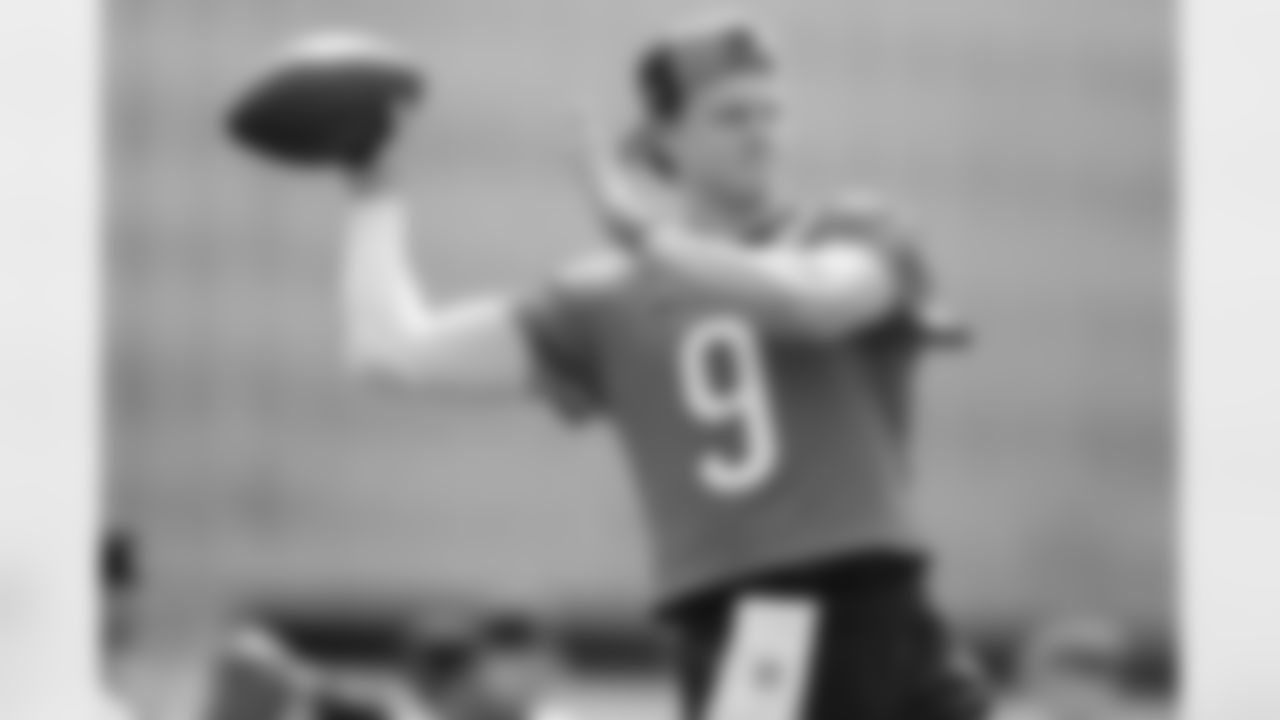
QB Joe Burrow during training at the Kettering Health Practice Fields on Wednesday, May 29, 2024 in Cincinnati, Ohio.
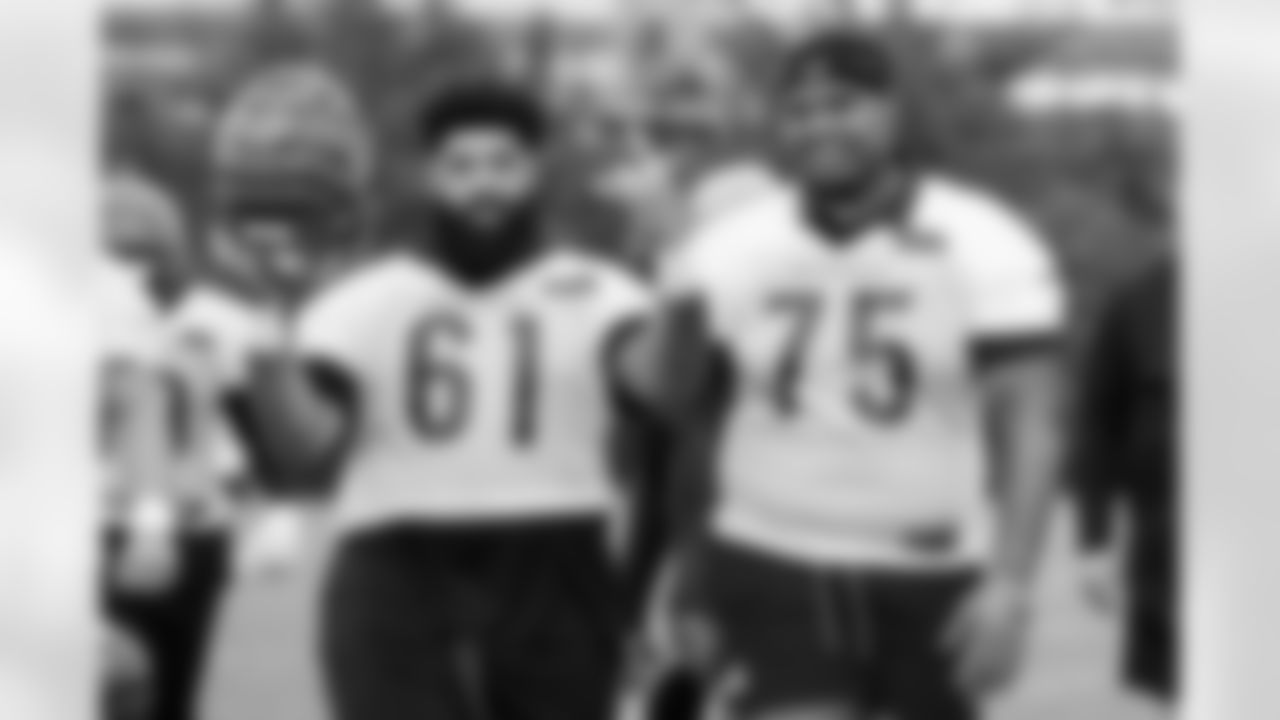
OT Cody Ford (left) and OT Orlando Brown Jr. during training at the Kettering Health Practice Fields on Wednesday, May 29, 2024 in Cincinnati, Ohio.

DT Jackson McKinnley during training at the Kettering Health Practice Fields on Wednesday, May 29, 2024 in Cincinnati, Ohio.

CB Cam Taylor-Britt during training at the Kettering Health Practice Fields on Wednesday, May 29, 2024 in Cincinnati, Ohio.
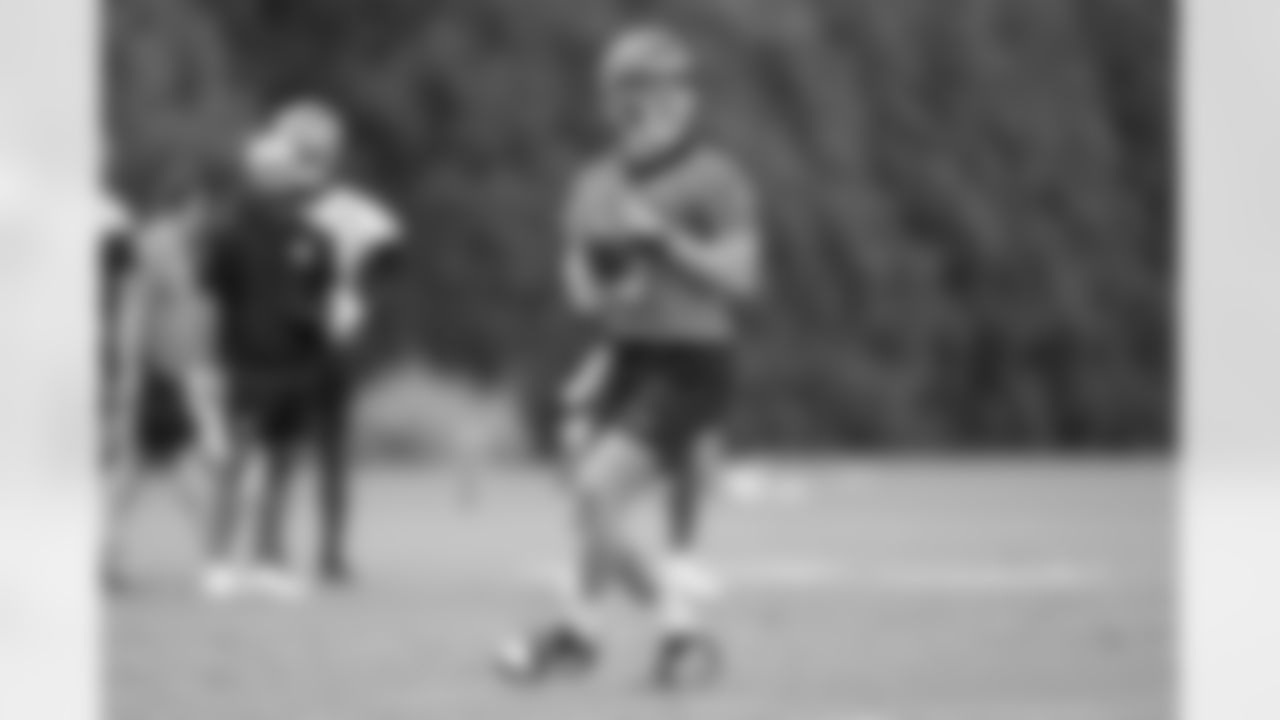
QB Joe Burrow during training at the Kettering Health Practice Fields on Wednesday, May 29, 2024 in Cincinnati, Ohio.
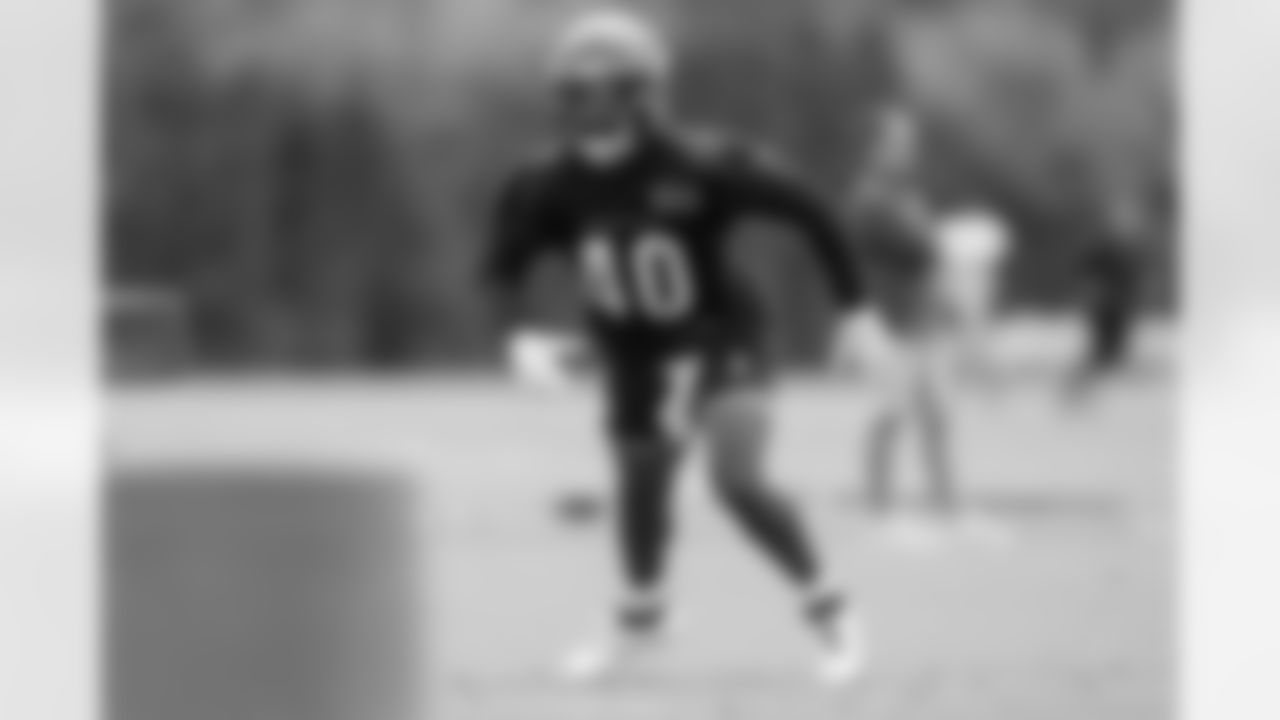
S Michael Dowell during training at the Kettering Health Practice Fields on Wednesday, May 29, 2024 in Cincinnati, Ohio.

QB Jake Browning during training at the Kettering Health Practice Fields on Wednesday, May 29, 2024 in Cincinnati, Ohio.

QB Joe Burrow during training at the Kettering Health Practice Fields on Wednesday, May 29, 2024 in Cincinnati, Ohio.

OT Orlando Brown Jr. during training at the Kettering Health Practice Fields on Wednesday, May 29, 2024 in Cincinnati, Ohio.

CB DJ Turner II during training at the Kettering Health Practice Fields on Wednesday, May 29, 2024 in Cincinnati, Ohio.

K Evan McPherson during training at the Kettering Health Practice Fields on Wednesday, May 29, 2024 in Cincinnati, Ohio.

DE Sam Hubbard during training at the Kettering Health Practice Fields on Wednesday, May 29, 2024 in Cincinnati, Ohio.

P Brad Robbins (left) and K Evan McPherson during training at the Kettering Health Practice Fields on Wednesday, May 29, 2024 in Cincinnati, Ohio.

OT Amarius Mims during training at the Kettering Health Practice Fields on Wednesday, May 29, 2024 in Cincinnati, Ohio.

QB Joe Burrow during training at the Kettering Health Practice Fields on Wednesday, May 29, 2024 in Cincinnati, Ohio.
Simmons senses all kinds of kicks are going to be headed their way. Line drives. Ground balls. Bunts. You may need a DH. That's why he is sending back two returners in practice instead of the usual one.
"You have to have guys who are ball-handlers. My gut is we're going to see a lot of different styles of kicks," Simmons said. "It's the way to give the kicking team the advantage. Getting the ball on the ground. Right now, based on the rule, I think the advantage is to the return team. So the kick team is going to find a way to tip the scales."
It certainly appears to be a design that suits Bengals running back Chase Brown because the tight formation seems to be the only line of defense. Last season as a rookie it will be recalled Brown scored his first NFL touchdown clocked at 22.05 miles per hour on his 54-yard catch-and-run screen pass, at that point second-best on the NFL GPS this season.
Who would catch Brown from behind on a kick return?
"No one," says linebacker Akeem Davis-Gaither, a Bengals core special teamer. "The (return) game is the easiest part. (The coverage) has no momentum to create speed. You're not worrying about a guy juking you. Now they have to play more with their hands. It's definitely made for guys with speed, making guys miss and they can get out of the gate.
Safety Jordan Battle, a Simmons favorite, says the play develops so quickly, you may not have to worry if you miss a block.
"By the time you get there, the returner could be gone already," Battle says.
The 6-4, 263-pound Ossai says it's the Chase Browns of the world they need to stop.
"You might want to get your best guys out there regardless of injury or not. If the KOR busts out for a touchdown, it turns the game upside down," Ossai says. "You're going to have to get guys you know can handle that and prevent those explosive plays. It's easier to break now. We've been watching tape and that ball can get up on the kicker pretty dang fast. You get up on the kicker like that and usually it's a touchdown.
"The emphasis on the (coverage) team is going to be on guys who handle close-quarters combat, good with striking, using their hands, shedding blocks."
The XFL tape shows just one kick return touchdown last season, but Murphy wonders. The returners are on a different level. Still, Simmons says, so are the coverage players. He doesn't see a raft of touchdowns. But he also says, "We'll have to see."
All Trayveon Williams knows is this year he has a shot at getting as many returns as he's had in his entire five seasons. He has just 28, but he also has a solid average of 23.1 yards, 14th best among Bengals with at least 28 returns and longer than estimable returners such as David Dunn, Eric Bieniemy, and Mike Martin.
"My primary role is as a kick returner and it's a great opportunity," Williams says. "Up until this year, it was a touchback league. Now I'm going to have more opportunity to help us win games. I think that's what I've been able to do. Be decisive and go."
It's as definitive as anybody can be right now.
"There are going to be more plays to be made this year," Chase Brown says. "It's going to be explosive."
It's early, but this week has been enough for Simmons to see what he needs to emphasize.
"We just have to learn how to judge and balance the space or lack of space that is between us," Simmons said. "It's going to be much more of a timing thing we have to get adjusted to. Things happen much faster. The blocks happen faster. The cover players are on top of the blockers much faster. Everything is happening much quicker."
Even Armstrong had to navigate as he flew over a "football field-sized crater," just before he landed.
"It's something we've never done," Simmons said.







